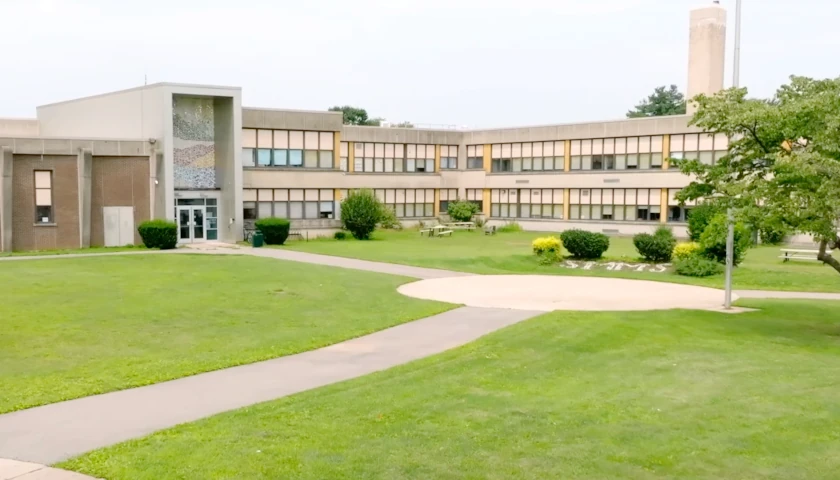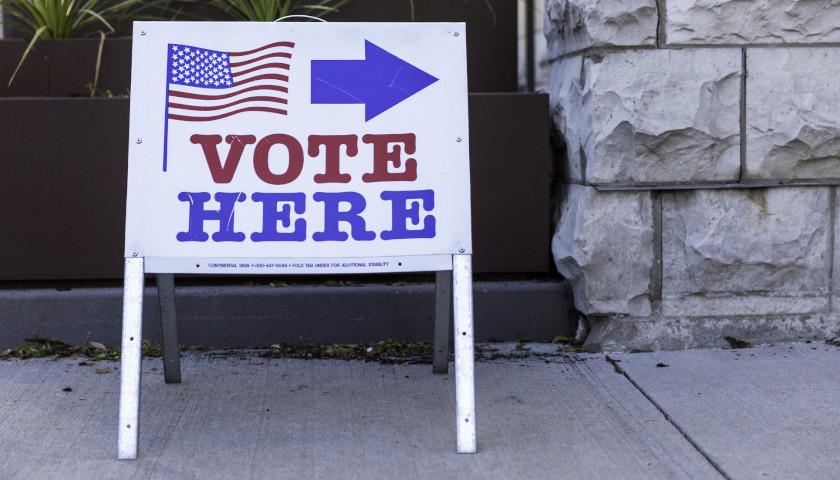by Athan Koutsiouroumbas
For families living in Pennsylvania’s suburbs, things are not OK.
The prosperity enjoyed by suburbanites is in peril, and they know it. Soccer field small talk has moved beyond gas prices. Polite conversation has moved into something more urgent: survival.
Two recent studies help explain why suburbanites feel they are in dire straits. One, conducted by PYMNTS, reveals that over half of families earning over $100,000 are living paycheck-to-paycheck. With the average median income of the Philadelphia suburbs at around $100,000, most suburban families are only two weeks away from a very bad day.
Respondents cited gas and groceries as the primary concerns, but the largest sticker shock came from utility bills. That means that these households, with median incomes 40% higher than the state and national averages, are anxious about their ability to heat their homes heading into this winter. In turn, these affluent families are fundamentally changing their spending habits. Half reported that they simply stopped buying stuff.
Another study, by the Pennsylvania Independent Fiscal Office (PA IFO), paints an even bleaker picture. It suggests how suburban families teetering on the edge of the middle class are making ends meet. Entitled “Where Did The Workers Go,” the study speculates about why Pennsylvania’s labor shortage remains acute despite tough economic times.
The report theorizes that homeschooling is taking some parents out of the workforce; in addition, Gen X and Millennial children are caring for aging Boomer parents, removing more people from the full-time work force.
The PA IFO’s data show that both nursing homes and public schools have seen a dramatic drop in employment. Recognizing that Pennsylvania is not getting any younger and school enrollment is not shrinking substantially, the researchers kept digging. They found that homeschool enrollment almost doubled, while traditional school enrollment shrank, much of it driven by COVID shutdowns. The reduction in public school employees appears to be a 1:1 correlation with the number of parents now homeschooling kids.
And with nursing home staffing levels plummeting, the report posited that Boomers are being cared for at home by their children. The likely arrangement is that the Gen X or Millennial child, potentially a single parent, manages care for their own children while moving into the Boomer grandparents’ home to serve as their caregiver. Having paid off their own mortgage with modest real estate taxes, the Boomer grandparent can cover most living needs through retirement savings and Social Security. Meanwhile, the caregiver may have a part-time job to help manage household expenses.
It is a scrappy arrangement. The grandchildren attend good schools. The grandparent is given quality care while escaping elderly loneliness and depression. The caregivers live a potentially fulfilling life focused on their families and part-time work pursuits.
However, the math that made this arrangement possible may be falling apart. The co-habitation trend is unsustainable with an economy suffering from chronic inflation and crashing retirement-account values.
With $13 trillion of wealth wiped out in the stock market, Boomer retirement checks are substantially smaller than they were just a year ago. It is hard to make ends meet when necessities cost 30% more and retirement accounts are worth 30% less. Things are so bad that Boomers still employed may likely try to wait things out by staying in the workforce longer than they wish, condemning Millennials to fewer opportunities for career advancement.
Consumer sentiment stands at its lowest since the 2008 financial crisis. Two-thirds of Americans believe that the country is on the wrong track.
All these trends are brewing a Molotov cocktail of voter discontent in the suburbs. A recent poll by ABC News/Washington Post revealed that suburban congressional district voters are favoring Republican candidates by over 20 points.
The scope and scale of the awful suburban economic data may explain why Democratic efforts to make the midterms a referendum on abortion rights is failing to get much purchase with suburban voters, despite their generally broad support for abortion rights. Abortion fails to make it into the top five issues in polls. Elections are usually decided by the top two – and in the coming midterm elections, those top two are inflation and the economy.
Misguided messaging may cause voters to question whether Democrats even understand that the ship is sinking. The midterms will be the first opportunity for suburban voters to express their discontent.
Things are not OK.
– – –
Athan Koutsiouroumbas is a managing director at Long Nyquist and Associates and a former congressional chief of staff. Follow him on Twitter at @Athan_K.
Photo “Allentown, Pennsylvania” by Paul Sableman. CC BY 2.0.





